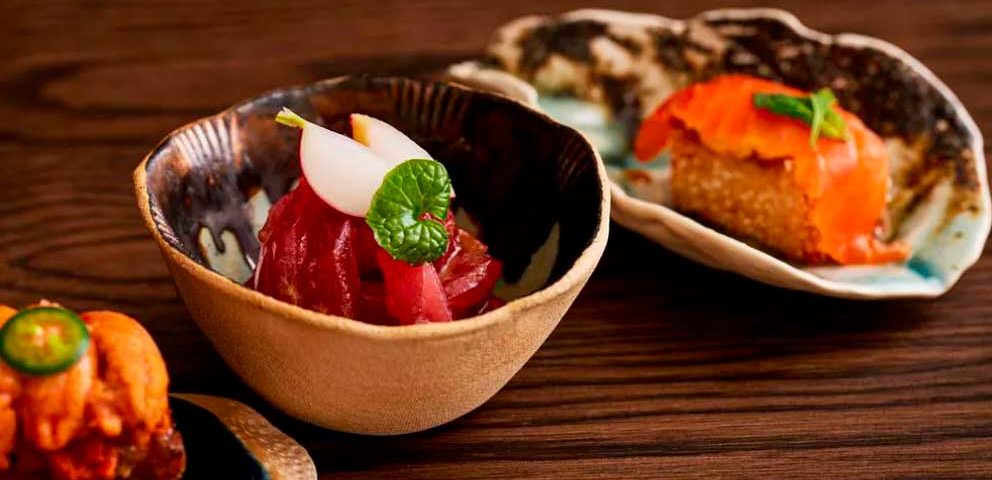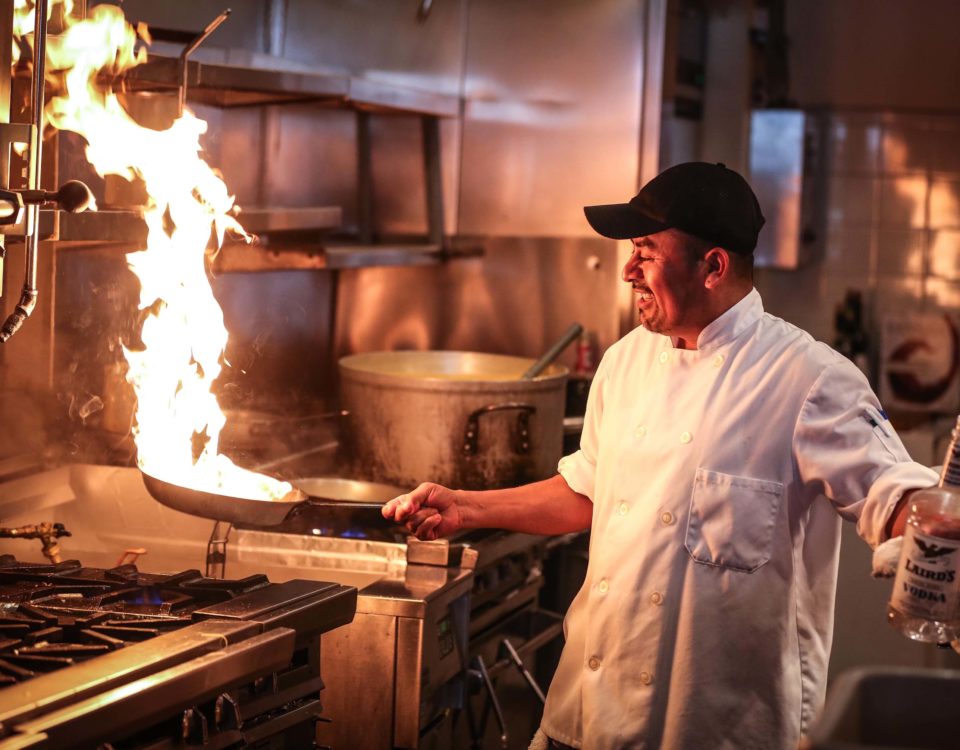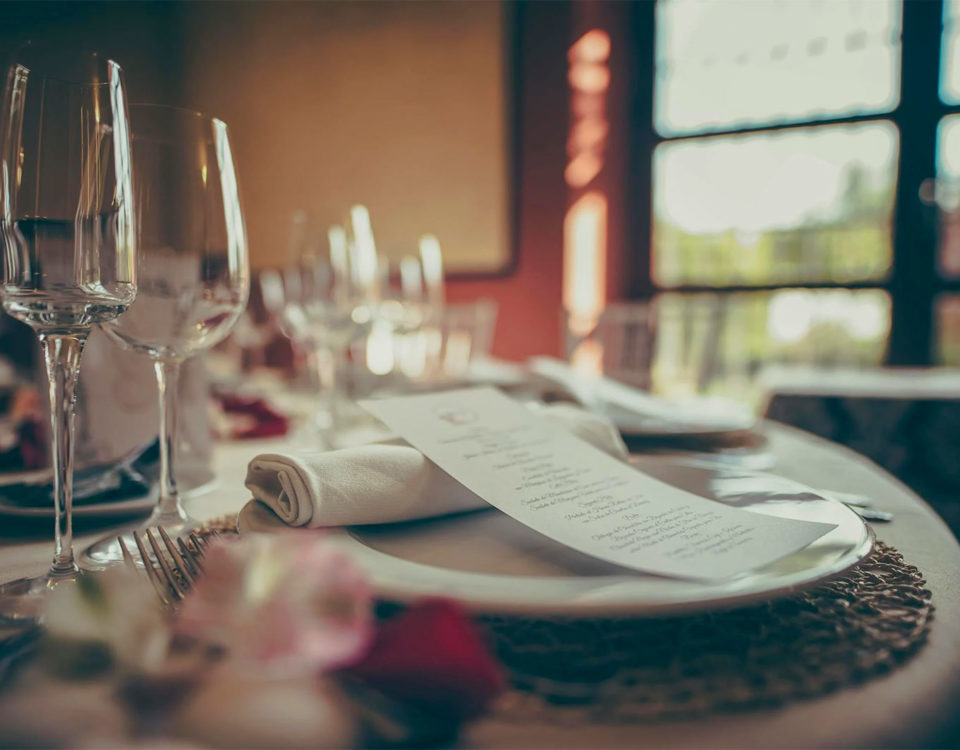
Chef profile: Mauro Colagreco
May 27, 2025
Michelin Guide vs San Pellegrino: two visions of gastronomy
June 12, 2025Explore the culinary riches of Aix-en-Provence: traditional dishes, local spices, renowned restaurants, and gastronomic trends.
Aix-en-Provence through its cuisine
Aix-en-Provence is distinguished by a culinary tradition deeply rooted in the Provençal terroir and Mediterranean influences. Located between the sea and the mountains, the city enjoys privileged access to a wide variety of fresh, locally sourced products: vegetables from the Pays d’Aix, goat’s cheese from Rognes, olive oil from the Baux-de-Provence valley, fish from the Mediterranean, black truffles from the Vaucluse and lavender honey from the Luberon.
Food markets set the pace of life in Aix. Every morning, the market on Place Richelme brings together around forty local producers offering seasonal produce grown within 30 kilometers. You can also find Grossane olives, heirloom tomatoes, pink garlic from Piolenc, and fresh herbs picked that morning.
Aix’s culinary heritage is closely linked to its aristocratic and religious history. Under the Ancien Régime, noble families and religious orders employed chefs who codified several local recipes. The oldest example of this sweet tradition is the calisson, a confection made from candied melon, almonds, and orange blossom, which was first mentioned in 1473 during the wedding of King René.
Today, Aix continues this culinary tradition through establishments that promote regional cuisine while adapting to current food trends (organic, vegetarian, and local cuisine). The city thus remains a living testament to Provençal culinary culture.
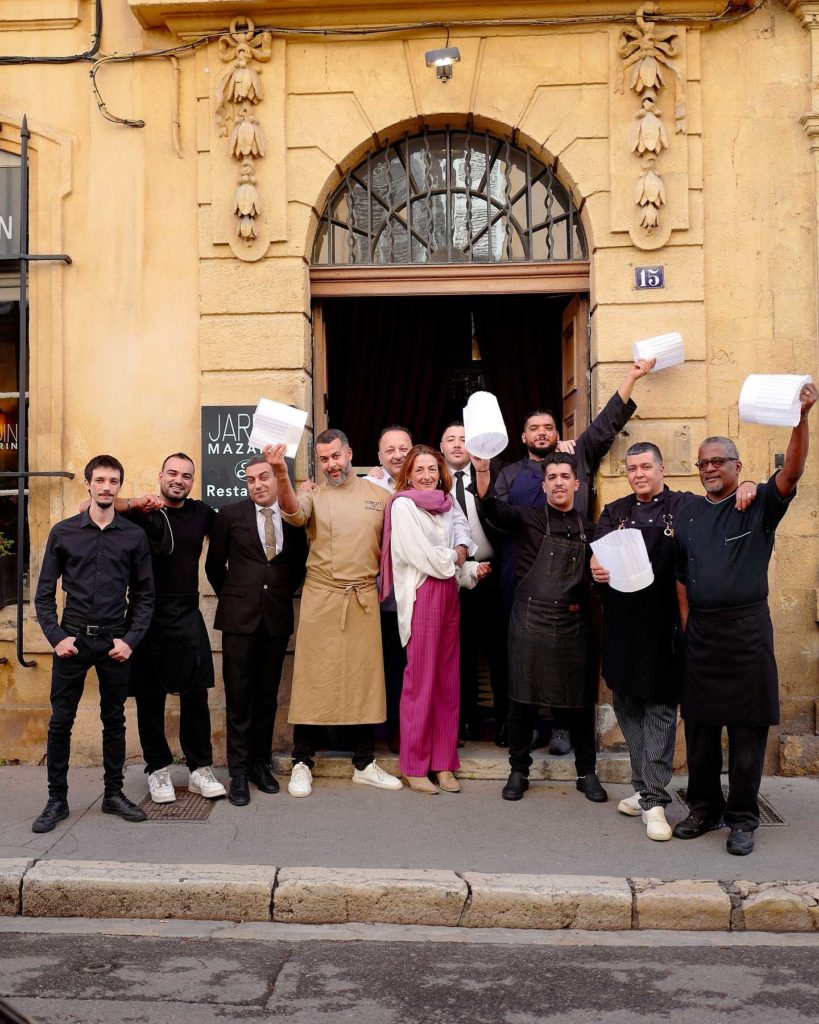

Traditional dishes of Aix-en-Provence
The traditional cuisine of Aix-en-Provence is based on dishes that are simple in appearance but technically demanding, sourced from local agriculture and Mediterranean fishing. It reflects the combined influence of inland Provence and the Marseille coastline.
Downtown Aix-en-Provence
In the heart of the city, calisson d’Aix is undoubtedly the most recognizable specialty. This small diamond-shaped pastry made from candied melon, ground almonds, orange peel, and orange blossom water, covered with a sugar glaze, has been handmade for over five centuries. It is produced by Le Roy René, a company founded in 1920, which now exports to over 40 countries.
Soupe au pistou is a seasonal dish served from June to September. It combines fresh vegetables (green beans, zucchini, potatoes, tomatoes) with a raw sauce made from crushed garlic, basil, and olive oil. Each family has its own variation, passed down orally.
Aioli is a typical Friday dish made with desalted cod, potatoes, green beans, hard-boiled eggs, carrots and sometimes snails, accompanied by a sauce made by hand using only garlic and olive oil.
Mazarin district
The Mazarin district, known for its mansions, has retained a more bourgeois cuisine. Daube provençale is frequently served in traditional restaurants. It requires slow cooking of marinated beef in red wine, flavored with thyme, bay leaf, garlic, onions, and orange zest.
Petits farcis are typical of August. Zucchini, eggplant, tomatoes, and peppers are hollowed out and stuffed with a mixture of ground meat, stale bread soaked in milk, egg, and parsley.
Around Aix-en-Provence
Although associated with Marseille, bouillabaisse is also prepared in nearby towns such as Cassis and La Ciotat. It consists of at least three types of rock fish (scorpion fish, gurnard, conger eel), served with a saffron broth, a spicy rouille and croutons rubbed with garlic.
Finally, pissaladière, which originated in Nice but is popular throughout the region, can be found on the shelves of Aix bakeries. This rectangular tart with a thick crust is topped with slowly caramelized onions, salted anchovies, and black olives from Nyons. It is eaten cold, as an appetizer or on a picnic.
Spices
The cuisine of Aix-en-Provence relies heavily on the use of aromatic herbs and spices, which structure the flavors of dishes without masking the quality of the ingredients. Their use is codified and often linked to seasonality, cooking method, and the nature of the dish.
Herbes de Provence form the basis of local seasoning. This is not a fixed mixture, but a variable combination of thyme, rosemary, savory, oregano and sometimes marjoram or fennel. These plants are often used dried, but professional chefs prefer the fresher, more powerful versions. They are added to marinades and stews, or sprinkled on roasted meats, grilled vegetables, and fish cooked in foil.
Saffron, although expensive (around $30 per gram in French production), is used sparingly in festive dishes such as bouillabaisse or local risottos. Its cultivation remains marginal but is present in the Vaucluse, 60 km from Aix. It adds an orange-yellow color and a slight bitterness.
Garlic is omnipresent in Provençal cuisine. Raw or cooked, it is used in aioli, pistou, stuffing, marinated meats, and even in some soups. In Provence, it is traditionally stored braided, away from moisture.
Basil, a seasonal herb, is used only when fresh. It is found in abundance in markets starting in June. It is crushed with garlic and olive oil to make pistou, but it is also used to flavor salads, cold soups, and certain white meats.
These spices and herbs play a functional role in cooking: they enhance flavor, aid digestion, and some, such as thyme and garlic, have recognized antibacterial and antioxidant properties. They also help reduce the amount of salt used while maintaining a strong aromatic intensity.
Restaurants to try in Aix-en-Provence
Aix-en-Provence has a well-established gastronomic scene, ranging from neighborhood inns to Michelin-starred restaurants. The local culinary scene is driven by establishments that promote Provençal products and short supply chains.
Among the most renowned addresses is Hélène Darroze at Villa La Coste, located about 20 kilometers from the city center. This Michelin-starred restaurant offers a menu based on regional products, including organic vegetables grown on the estate, Mediterranean fish, local cheeses, and olive oils from Aix. The tasting menu costs around $210, with wine pairings.
In the city center, the Michelin-starred restaurant Mickaël Féval uses seasonal produce with a contemporary approach. The chef serves structured dishes such as Breton lobster with candied lemon and milk-fed veal with purple artichokes. Lunch on weekdays is available from $45 for a three-course menu.
Les Galinas, which does not have a Michelin star but is recommended in several guides, stands out for its loyalty to Provençal cuisine. It serves cod aioli, petits farcis, and traditional desserts such as fénétra, which is rarely found on menus elsewhere.
Le Bouillon Aixois is based on the Parisian bouillon concept: affordable cuisine served quickly with a fixed-price menu. It offers pieds-paquets, soupe au pistou, and œufs mimosa à la tapenade. The full menu is available for $22.
Finally, Jardin Mazarin, in the neighborhood of the same name, is a highly regarded gourmet destination known for its precise cuisine, well-stocked wine cellar, and discreet service. The chef revisits classics such as daube provençale, pissaladière de sardines fraîches, and gnocchis à la truffe noire. À la carte prices range from €60 to €90 per person.
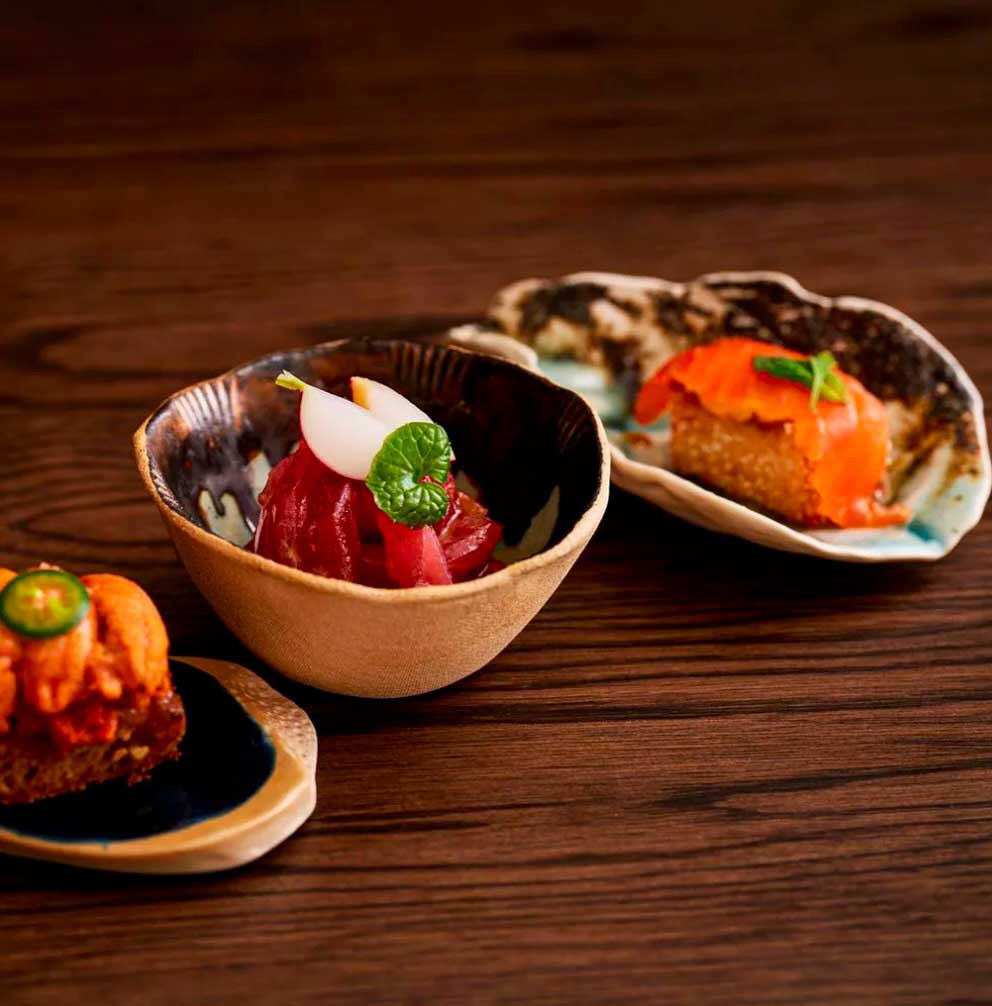
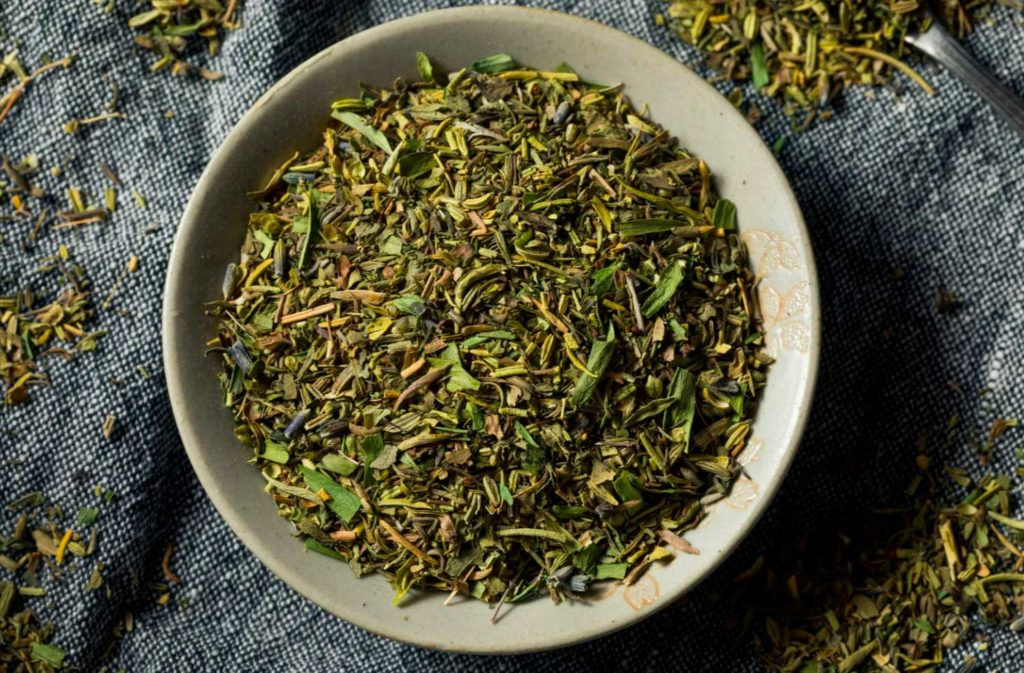
Gastronomic trends
For several years now, Aix’s gastronomy has been undergoing a transformation marked by a balance between regional traditions and new dietary expectations. Several dynamics are transforming the culinary offering, both in restaurants and at markets and public events.
The first notable trend is a return to basics, with a renewed focus on local products and traditional recipes. Many chefs are reintroducing old dishes (split pea soup, pieds-paquets, homemade country pâtés) using modern cooking techniques. This movement relies on short supply chains and local producers located within a 50 km radius of Aix.
Plant-based cuisine is gaining ground. While it does not yet dominate the gastronomic offering, more and more restaurants are offering complete vegetarian menus, or even 100% vegan options. Establishments such as L’Incontournable Végétal, which opened in 2023 in the Sextius district, specialize in dishes based on seasonal vegetables, legumes, and local herbs. Demand comes mainly from an urban clientele under the age of 40 who are concerned about sustainable food.
The growth of street food is also contributing to this trend. The Street Food Festival, held since 2022 on the Cours Mirabeau, brings together around 30 food trucks and pop-up stalls offering wood-fired pizzas, Niçoise soccas, Sisteron lamb burgers, and artisanal lavender ice cream. This mobile and friendly approach attracts a wide audience, particularly young professionals and students.
Finally, immersive culinary experiences are on the rise: dinner at a vineyard, cooking classes in country houses, or pop-up outdoor menus such as at the Château de la Gaude during the Festival de la Gastronomie. These formats seek to create a direct link between the product, the place, and the guest.
Aix-en-Provence – What to avoid
Despite a rich and structured gastronomic scene, there are some pitfalls to avoid in order to fully enjoy Aix cuisine, especially during a short stay or a quick visit to the city.
It is recommended to avoid restaurants located on very touristy streets, particularly around Cours Mirabeau and certain central squares such as Hôtel de Ville. These establishments, sometimes located in strategic locations but with a high turnover of customers, focus more on tourist traffic than on the quality of their dishes. It is not uncommon to find standardized, frozen dishes or dishes presented as “Provençal” without respecting local products or techniques. Menus displayed outside in several languages and very long menus are often reliable indicators of this commercial approach.
Some traditional dishes can have strong flavors that are not to everyone’s taste. The generous use of garlic, unfiltered olive oil, or black olive tapenade can be surprising in its intensity. These ingredients can cause digestive problems, especially in summer, when meals are heavy or eaten outdoors in hot weather.
At food markets (Richelme, Place des Prêcheurs, Jas de Bouffan), it is also useful to check the origin and freshness of products, especially fish and seafood, which must be kept at a constant temperature. Some stalls, particularly mobile or un-refrigerated ones, may offer perishable goods in conditions that do not guarantee their food safety.
Finally, it is advisable to avoid excessively low-priced set menus (less than €15) that claim to offer a starter, main course, and dessert: these are often synonymous with reheated industrial products or lower-quality ingredients.
Aix-en-Provence offers a rich and varied cuisine, rooted in Provençal tradition while embracing modern influences. With its colorful markets, Michelin-starred restaurants, and local specialties, the city is a prime destination for food lovers.
XperienceFrance is your travel specialist in France.

